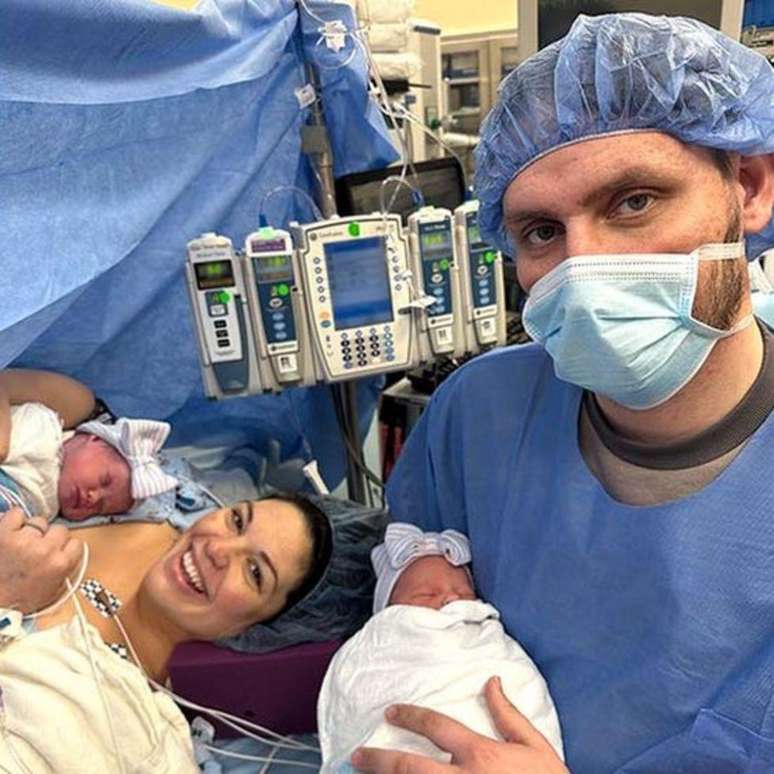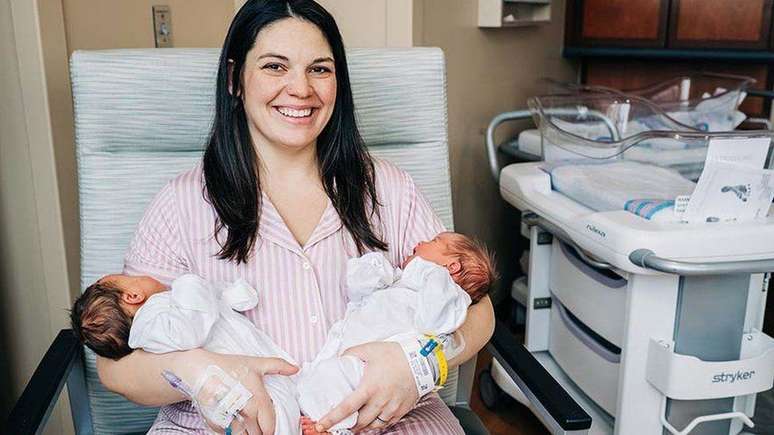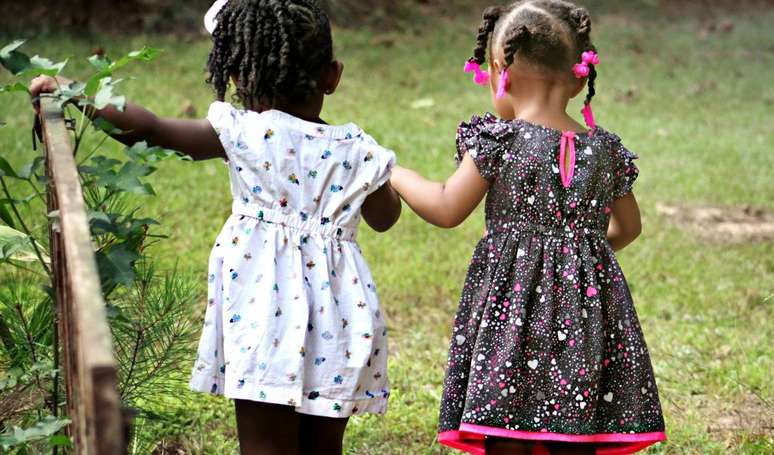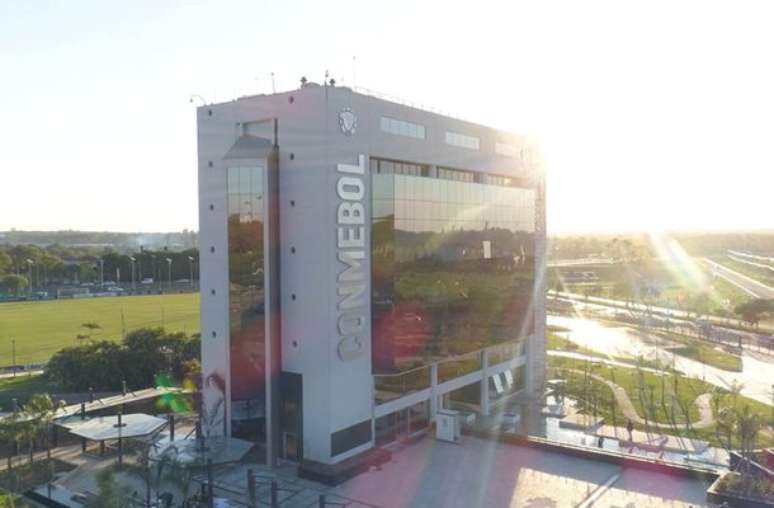Kelsey Hatcher, 32, gave birth to a baby girl on Tuesday and a second daughter on Wednesday, in a total of 20 hours of labor.
An American woman with a rare condition that causes her to have two uteruses has given birth twice in two days, for a total of 20 hours of labor.
Kelsey Hatcher, 32, gave birth to a baby girl on Tuesday and a second daughter on Wednesday at the University of Alabama at Birmingham (UAB) Hospital.
Announcing the arrival of her “miracle babies” on social media, Hatcher thanked the doctors, who she called “amazing.”
The girls are described as fraternal twins, but it is rare for them to have different birthdays.
Hatcher said the family is now back home to “enjoy the holiday season.” She already expected the births to occur around Christmas.
A UAB obstetrician confirmed that the three were fine and told the BBC it was the kind of case that most people in their profession don’t see in their entire careers.

Rare condition
At age 17, Hatcher was told she had a double uterus (didelphic uterus), which the UAB describes as a rare congenital anomaly that affects 0.3 percent of women.
And the chances of getting pregnant in both wombs – a life-long pregnancy – are even lower, at “one in a million,” according to the UAB.
Cases reported worldwide are extremely rare. In 2019, a Bangladeshi doctor told the BBC that a woman gave birth to twins nearly a month after giving birth to a premature baby who grew in her other uterus.
Hatcher has had three previous healthy pregnancies. This time she thought she was pregnant with just one uterus, until a routine ultrasound revealed there was also a baby in her second.
“It took my breath away… We couldn’t believe it,” he recalled.
He began documenting his journey on Instagram.
Despite the rare case, her pregnancy was uneventful: UAB described it as routine.
Dr Richard Davis, who attended the birth, said each child enjoyed “extra space to grow and develop”.
This happened because each baby had its own uterus, unlike a typical twin pregnancy.
Hatcher’s labor was induced at 39 weeks and required double the hospital monitoring – and double the staff.
Shweta Patel, from the hospital’s obstetrics and gynecology team, said the UAB team didn’t have “a lot of evidence or data” on cases like this and so they used their knowledge of typical pregnancies.
The children had “a will of their own,” he said, and were born through different methods.
The first, Roxi, was born vaginally around 7.45pm local time on December 19th. The second, named Rebel, underwent a C-section more than 10 hours later.
Davis said the girls could be called fraternal twins, a term used when each baby develops from a separate egg, each fertilized by a separate sperm.
“In the end, it was two babies in the same belly at the same time,” she said.
Source: Terra
Ben Stock is a lifestyle journalist and author at Gossipify. He writes about topics such as health, wellness, travel, food and home decor. He provides practical advice and inspiration to improve well-being, keeps readers up to date with latest lifestyle news and trends, known for his engaging writing style, in-depth analysis and unique perspectives.








